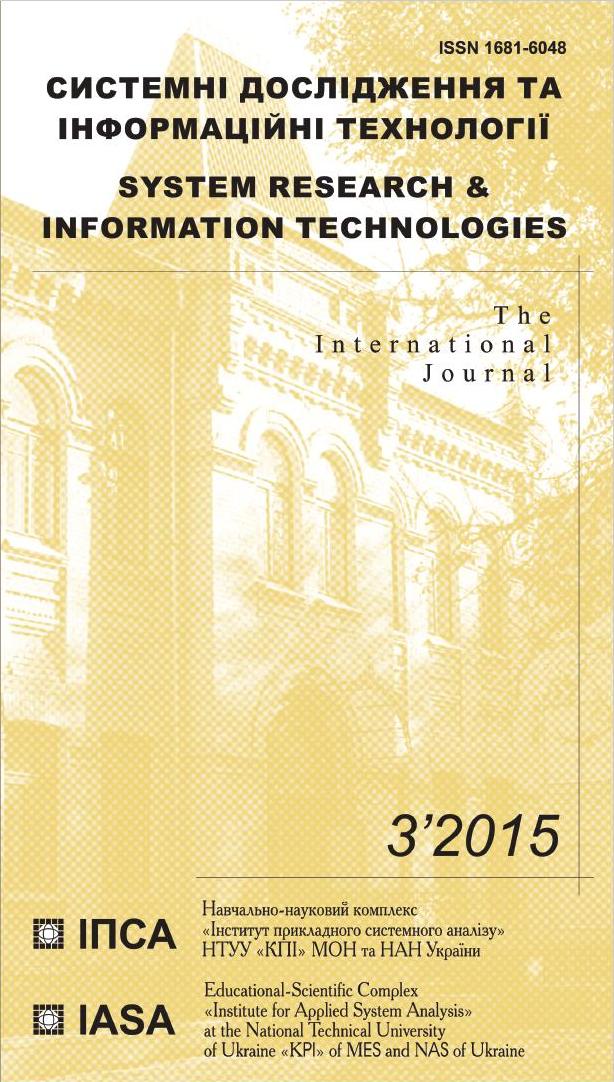The smoothed autocorrelation function method for predicting the variation of heteroscedastic time series
Abstract
The paper proposes a new method for forecasting the variability for strong volatile heteroscedastic time series. An autoregressive model of an infinite order is considered as a model of time series. Parameters of the model are found as a solution of a Toeplitz system that uses correlation coefficients. The model of the autocorrelation function at every forecasting step is constructed by solving an optimization problem that takes into account the condition of strong dependence. The method has been tested on artificially generated and real time series. The autoregressive model parameters found with the method of maximum likelihood were used to compare the results of a selected autoregressive model. The results show a substantially high effectiveness of the proposed method in predicting of strong volatile heteroscedastic time series.References
Bollerslev T. Generalized autoregressive conditional heteroskedasticity // Journal of Econometrics. – 1986. – № 31. – P. 307–327.
Baillie R.T., Bollerslev T., and Mikkelsen H.O. Fractionally integrated generalized autoregressive conditional heteroskedasticity // Journal of Econometrics. – 1996. – №4. – P. 3–30.
Bidyuk P.I. Systemnyy pidkhid do prohnozuvannya na osnovi modeley chasovykh ryadiv // Systemni doslidzhennya ta informatsiyni tekhnolohiyi. – 2003. – # 3. – S. 88–110.
Zivot E., Wang J. Modeling Financial Time Series with S-PLUS. – NY: Springer-Verlag, 2003. – 705 p.
Palma W. Long-Memory Time Series: Theory and Methods. – NewJersey: John Wiley& Sons, Inc, 2007. – 304 p.
Strobach P. Linear Prediction Theory: A Mathematical Basis for Adaptive Systems. – NY: Springer-Verlag, 1990. – 422 p.
Zrazhevs'kyy O.H. Systemnyy pidkhid do vidnovlennya funktsional'nykh zalezhnostey nestatsionarnykh chasovykh ryadiv riznoyi struktury // Avtoreferat dysertatsiyi na zdobuttya naukovoho stupenya ktn. – 2011. – 20 s.
Baillie R. T., Kapetanios G., F.Papailias F .Modified information criteria and selection of long memory time series models // Computational Statistics and Data Analysis. – 2014. – №76. – P. 116–131.
Taqqu M,S., Teverovsky V.,Willinger W. Estimators for long-range dependence: An empirical study // Fractals. – 1995. – P. 785–798.
Durbin J. The fitting of time series models // Rev. Int. Stat. – 1960. – 28. – P. 233–244.
Taraskin А.F. Statisticheskiy analiz vremennykh ryadov avtoregressii i skol’zyashchego srednego. – Samara: Samar. gos. aerokosm. un-t, 1998. – 64 s.
Diebold Francis X. Comparing Predictive Accuracy, Twenty Years Later: A Personal Perspective on the Use and Abuse of Diebold–Mariano Tests // Journal of Business & Economic Statistics. – 2015. – 33, № 1. – 16 р.

